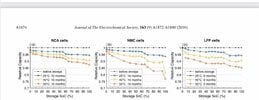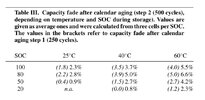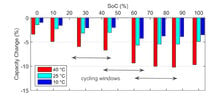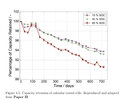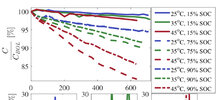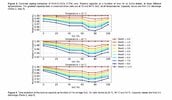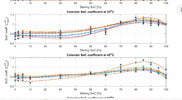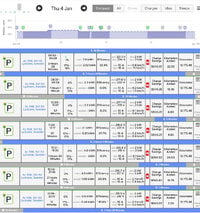Yes, I think that is good.you follow the advice from Tesla with ”plug it in” and still keeps the SOC at or below 55%.AAKEE - I've learned so much more about my battery from you since trading in my 2018 Model 3 LR AWD for a 2023 Model Y Performance last year. I felt the Model 3 battery degraded too much for me, because I normally kept it at 80% and often would charge to 100% for trips. Now, with my Model Y I keep it charged at 50% which I have discovered is fine for around town drives. For trips I go to 55% making sure my route has plenty of Superchargers. Surprisingly this seems to be working for me. Lately though my 9 month old Model Y hasn't been driven daily, sometimes it's weeks before I drive it. I have another vehicle that's kept outside and is just easier to access. If my Tesla every gets Summon again, then it will be easier to get in and out of my garage, I miss Summon. Anyway, am I doing things right keeping my Model Y plugged in at 50%, even though it's not driven much? I think I am but want to hear your thoughts.
I plug my car in everyday when I am at home (with charging schedule set to charge from 04-06 to be ready when first drive might happen.
For traveling when the car stays home, I tend to leave it not plugged knowing it will not be used for a week or so. If the SOC is low I happily leave it like that.
At work I park for a week each time, normally arriving with low SOC like 10-20%, not plugged in.
Charging to 100% for trips will not make any noticable degradation as long as the time with SOC > 55% is kept short.
Supercharging for sure causes wear (even if low SOC as you use gives the battery the possibility to recover from Supercharging losses).
So charging full before leaving home for a longer trip is possibly better than 55% and one Supercharging. Nothing to really think too much about, but I would use up to 100% when needed. (I do full charges quite often.)
I had > 30 full charges on my M3P with the 82.1 kWh Panasonic, and 55+ SuC sessions and still had low degradation (lowest on teslafi for the same car) after 2.5 years/66K km.
My Model S Plaid is one year since delivery and 15 months since the build date, 21K km.
I have 15 full charges and around 20 SuC sessions (18% Supercharging) and still has very low degradation, 97 kWh which is close to the starting /top value of 97-98kWh. Other cars in my region has been at ~ 94-95kWh after one year.



